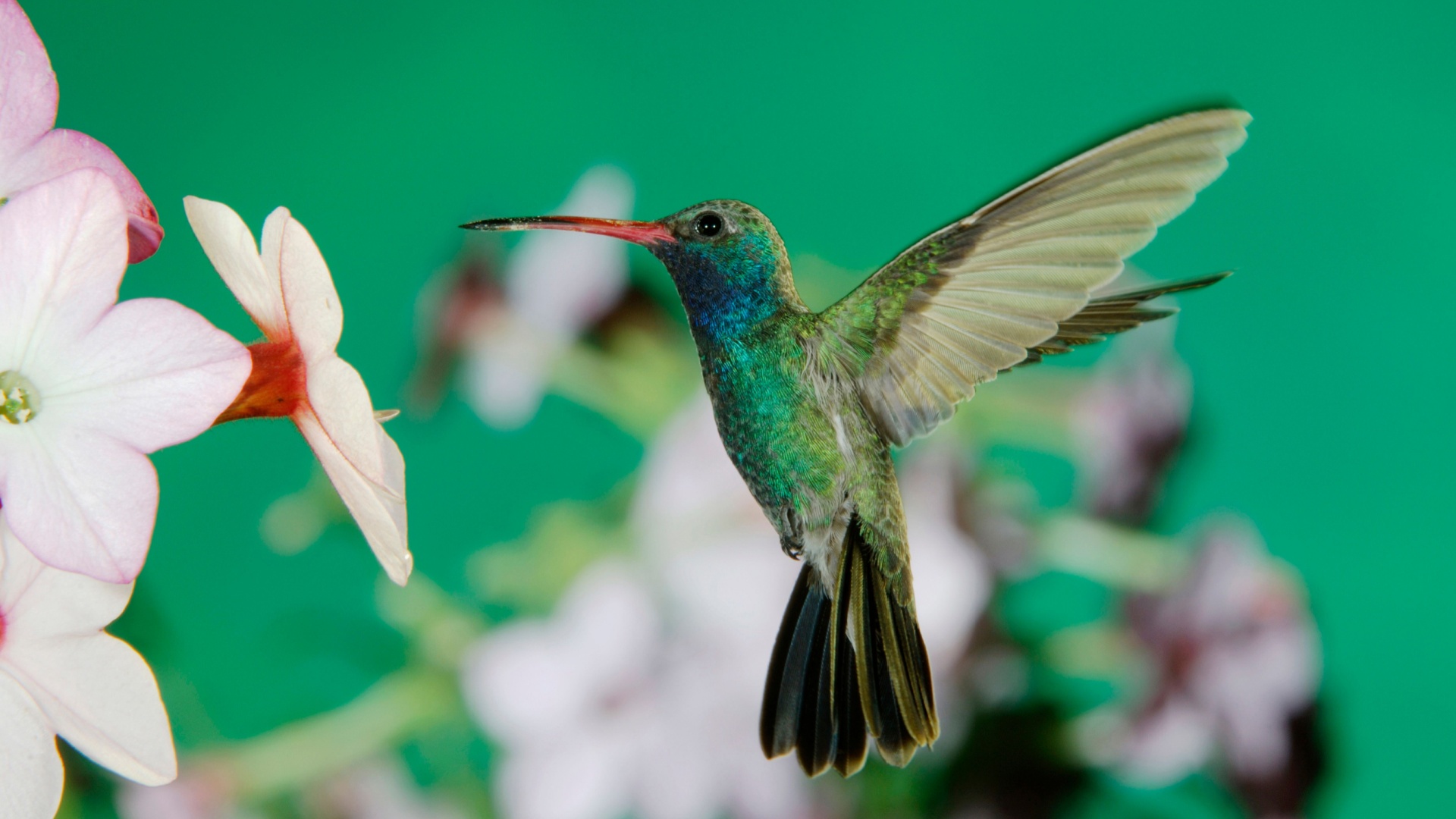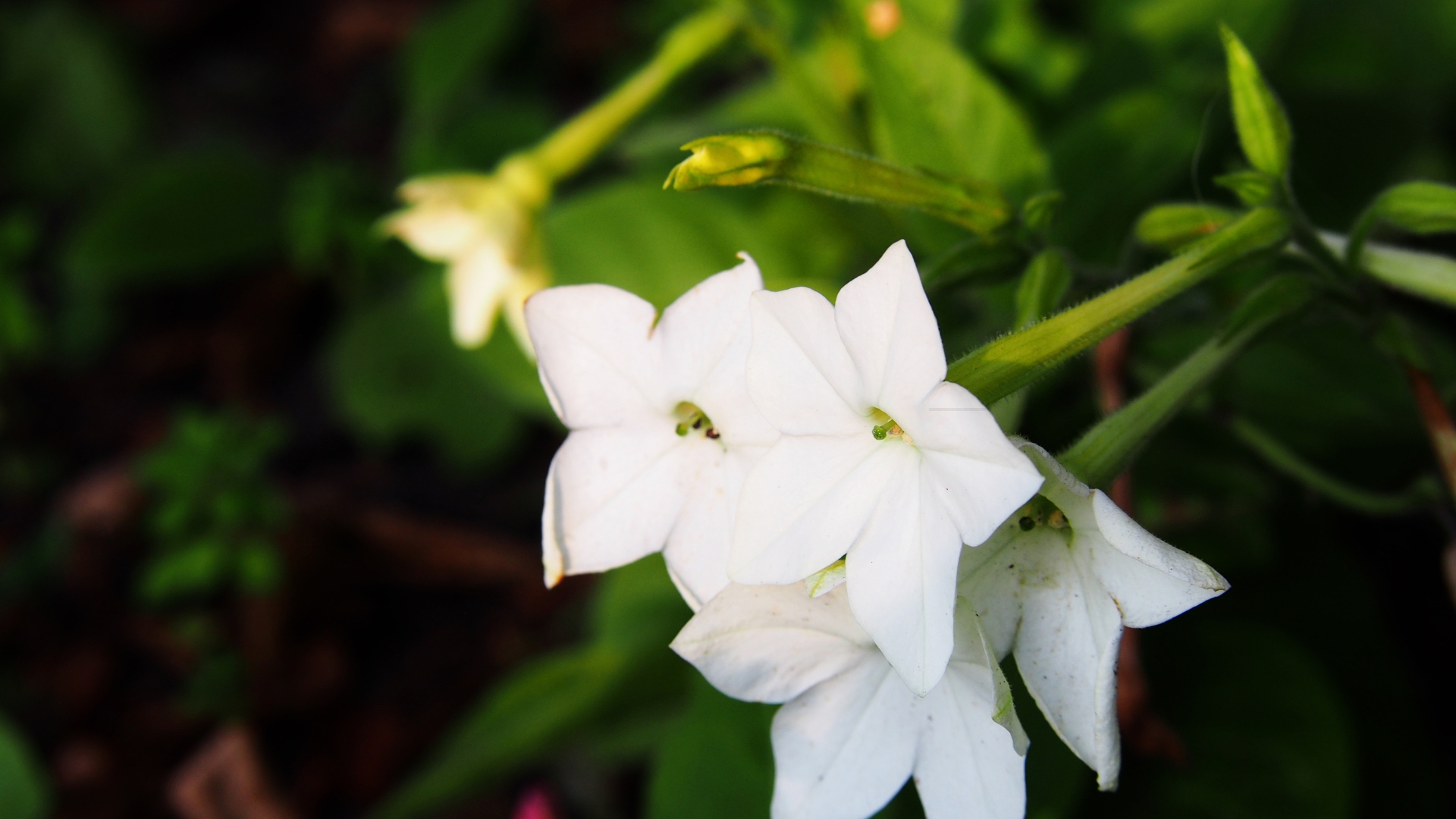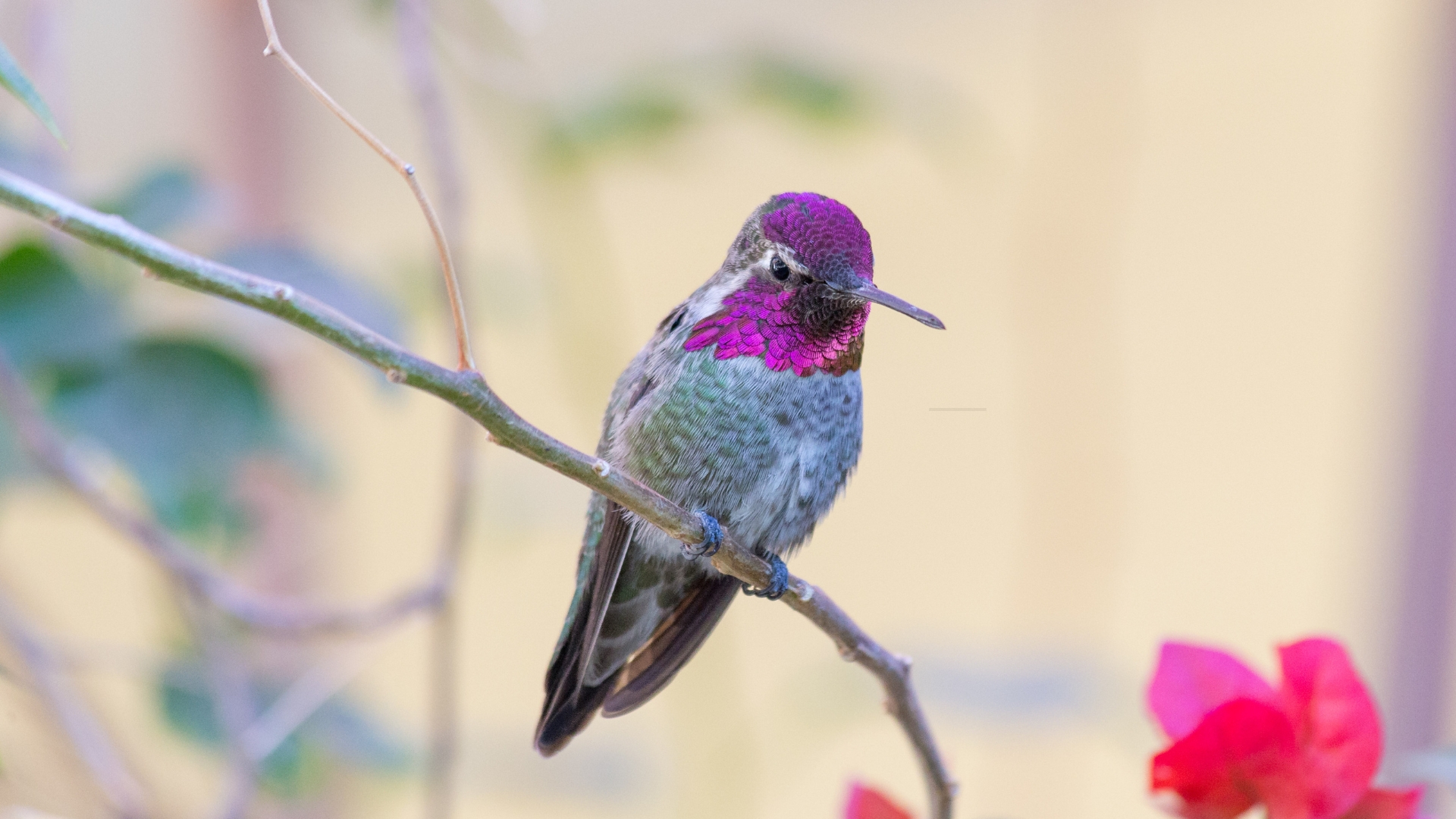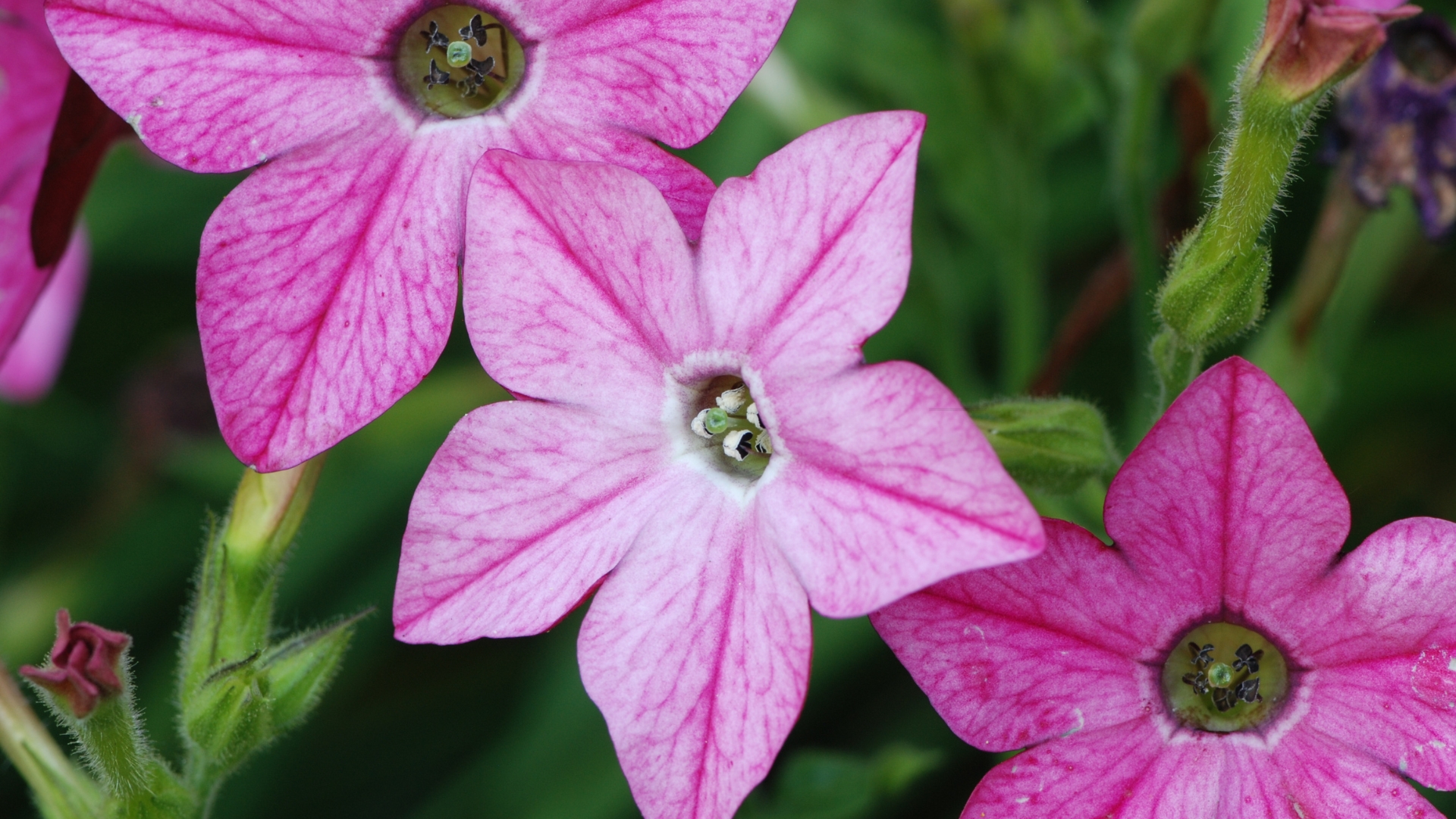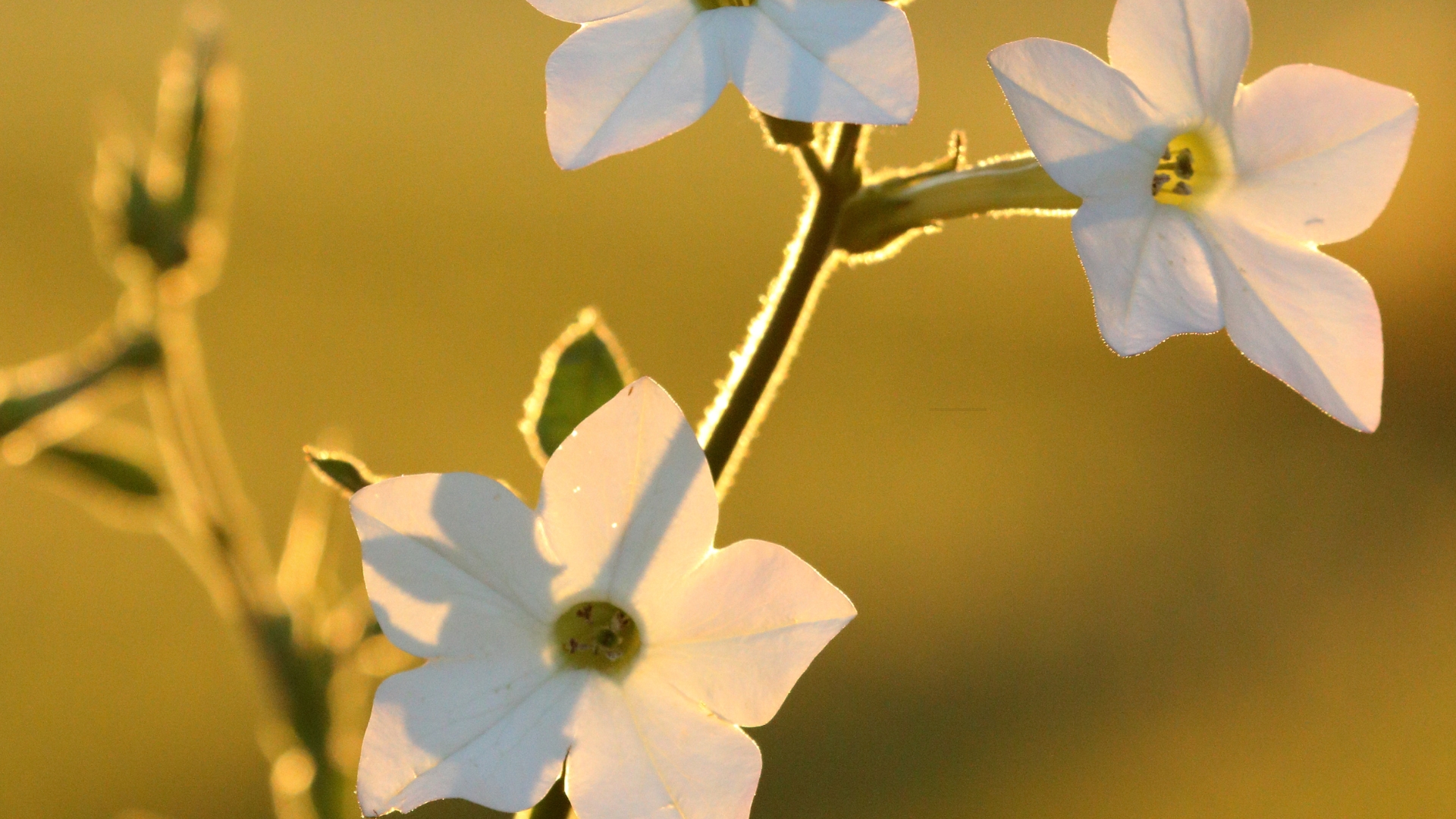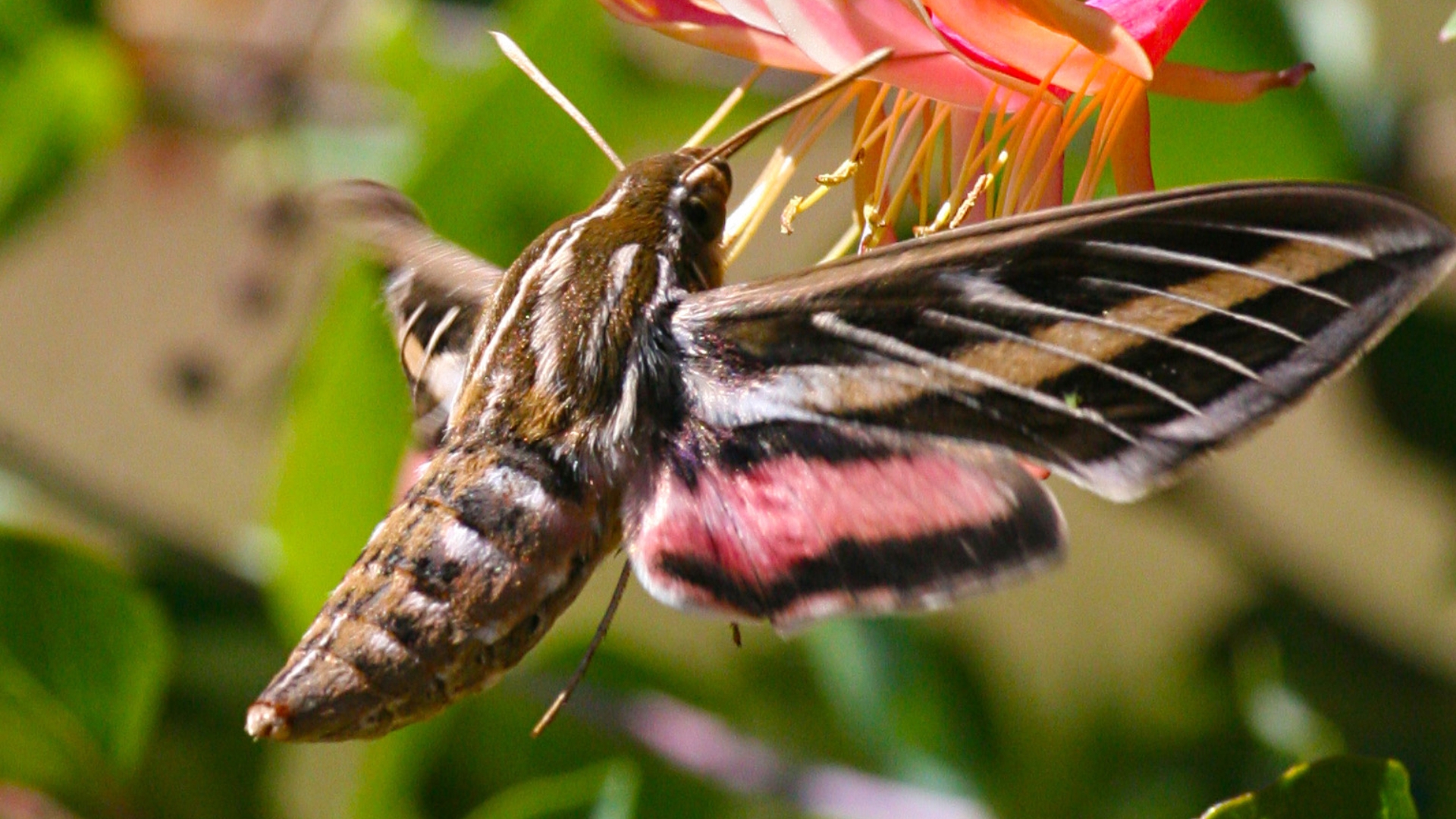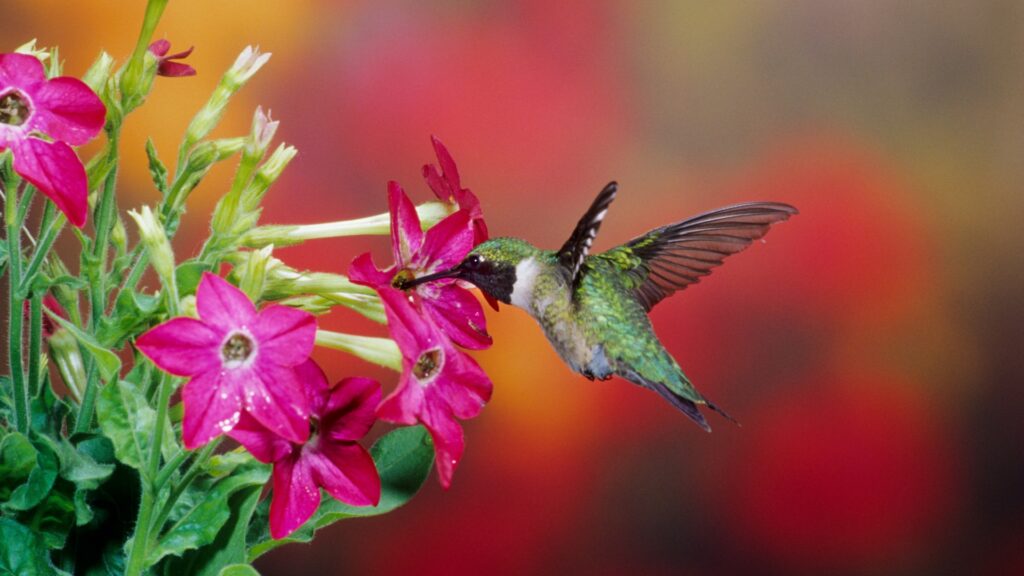I used to bend over backward trying to get hummingbirds to hang around. They’d drop by for a quick sip, then vanish faster than you can say “flutter.”
But then I switched things up—I planted a game-changer. Not just a pretty face, this flower rolls out the red carpet and keeps them coming back for an encore.
Here’s the kicker: it waits for twilight to strut its stuff, releasing a fragrance so irresistible, hummingbirds stick around like guests who just won’t leave—only this time, you’ll be glad they stayed.
Want to see these feathered jewels dancing in your garden long after the sun dips below the horizon? This is the plant you’ve been waiting for.
Flowering Tobacco Is Your Secret Weapon For Attracting Hummingbirds
Flowering tobacco (Nicotiana) is a garden gem that often flies under the radar, but once you grow it, it’s impossible to overlook.
Native to South America and a member of the nightshade family (Solanaceae), this plant brings an unmistakable elegance to garden beds, borders, and containers.
With its tall, slender stems and lush, velvety foliage, it fills out a space beautifully, adding height and movement to any planting arrangement.
Some varieties stay compact at 12 to 18 inches, while others soar beyond 5 feet, making them a versatile choice for both small and expansive gardens.
What makes Nicotiana truly stand out, though, are its delicate, trumpet-shaped blooms that unfurl as the day winds down, releasing a fragrance that lingers into the night.
The flowers appear in clusters, draping gracefully over the plant in shades of white, pale pink, deep magenta, lime green, and even rich crimson.
Unlike many daytime bloomers, these blossoms reach their full glory in the evening, making them a perfect addition to moon gardens or areas meant to be enjoyed after sunset.
Their soft, romantic look and intoxicating scent turn any garden into a serene, nighttime retreat that feels both mysterious and inviting.
What Makes Flowering Tobacco A Hummingbird Favorite
Not all nectar-rich flowers are created equal, and Nicotiana has something special that hummingbirds can’t resist.
First, there’s the abundant supply of nectar, which is essential for keeping these high-energy birds fueled throughout the day. Unlike smaller blooms that provide only a quick sip, Nicotiana offers a deeper well of nectar, making it worth their while to linger longer.
More time at the flowers means more chances for you to witness their dazzling aerial acrobatics.
Another reason hummingbirds love flowering tobacco? It blooms in the evening. Most nectar-rich flowers are at their best during daylight hours, but Nicotiana takes a different approach.
As the sun sets, its delicate petals unfurl, releasing a sweet, heady fragrance that’s especially attractive to nighttime pollinators—and to hummingbirds preparing for their final feeding of the day.
This means your garden stays lively even after sunset, offering a late-night feast for those still searching for a meal before settling down for the night.
How To Plant Nicotiana In Your Garden
Getting flowering tobacco to thrive in your garden is easier than you might think. This plant loves warmth and sunlight, so pick a spot with full to partial sun exposure, ideally where it will get at least six hours of direct light daily.
While it’s adaptable to different soil types, well-draining, nutrient-rich soil will help it produce the most vibrant blooms. If your soil is heavy or clay-based, mix in some compost to improve drainage and boost fertility.
When planting, space Nicotiana about 12 to 18 inches apart to give it plenty of room to grow. It does well in both garden beds and containers, making it versatile for any space.
If growing from seed, sow them directly onto the soil surface without covering them—they need light to germinate.
Keep the soil evenly moist until seedlings are well-established, and within a few weeks, you’ll start to see the first tender leaves emerge.
Tips To Keep Your Nicotiana Thriving
Once your Nicotiana is fully established, it’s remarkably low-maintenance—but a few simple tricks can keep it blooming at its best.
Regular deadheading (removing spent flowers) will encourage continuous flowering, ensuring that fresh blooms keep appearing throughout the season.
While it’s not a heavy feeder, adding a light application of balanced fertilizer every few weeks can promote more vigorous growth and even richer nectar production.
Watering is another key factor in keeping Nicotiana healthy. While it’s somewhat drought-tolerant, it thrives best with consistent moisture, especially during hot spells.
Aim to water at the base of the plant rather than overhead to prevent leaf mildew and other moisture-related issues.
If you’re growing it in containers, check the soil frequently—potted Nicotiana tends to dry out faster than those planted in the ground. With just a little care, this plant will reward you with months of gorgeous, fragrant blooms and nonstop hummingbird action.
Beware That Hummingbird Moths Also Like This Plant!
If you spot something hovering near your Nicotiana at dusk and think, “That’s a huge hummingbird!”, take a closer look—you might be seeing a hummingbird moth.
These fascinating insects are often mistaken for their feathered counterparts due to their rapid wingbeats, hovering ability, and long proboscis, which they use to sip nectar.
Just like hummingbirds, they’re drawn to the sweet fragrance and deep, tubular flowers of Nicotiana, making your garden a hotspot for both birds and insects alike.
While some gardeners welcome these unique moths, others might be concerned about their larvae, which are better known as hornworms—the same pests that munch on tomato plants.
If you notice hornworms becoming a problem, hand-picking them off is the best way to keep them under control.
Otherwise, you can simply enjoy the incredible sight of hummingbirds and their moth lookalikes sharing your night-blooming flowers.
Either way, planting Nicotiana guarantees you’ll have some of the most exciting nighttime garden visitors around!
Nicotiana Is Also A Magnet For Evening Garden Magic
Beyond its allure for hummingbirds and moths, flowering tobacco brings a certain enchantment to nighttime gardens that’s hard to replicate. As dusk settles in, its blooms begin to glow softly in the fading light, almost as if they’re lit from within.
This luminous quality makes Nicotiana a standout in moon gardens—those designed specifically for evening enjoyment. Paired with other pale or silvery plants like lamb’s ear or moonflower, it helps create an atmosphere that’s tranquil, almost dreamlike.
Add a bench nearby, and you’ve got the perfect spot for an after-dinner unwind, accompanied by the sweet scent of blossoms and the gentle hum of wings. With Nicotiana, your garden doesn’t just look good during the day—it comes alive after dark.

